Hawa Mahal, also known as the “Palace of the Winds,” is a mesmerizing architectural marvel located in the heart of Jaipur, Rajasthan, India. This stunning tourist attraction is a must-visit for anyone visiting the Pink City. Here are some amazing details about Hawa Mahal that will leave you in awe.
1. Architectural Marvel: Built in 1799 by Maharaja Sawai Pratap Singh, Hawa Mahal is an extraordinary example of Rajput architecture. The unique five-story structure is made of red and pink sandstone, intricately designed with delicate jharokhas (balconies) and domes. Its distinctive honeycomb-like façade, consisting of 953 small windows called jharokhas, is the highlight of this magnificent palace.
2. Purposeful Design: The main purpose behind the construction of Hawa Mahal was to provide a secluded place for the royal women of the palace to observe the vibrant street life and festivities without being seen. The numerous jharokhas allowed cool breezes to pass through, keeping the palace well-ventilated even during the scorching summers.
3. Spectacular Views: As you climb up the narrow staircases of Hawa Mahal, you will be rewarded with breathtaking panoramic views of Jaipur’s bustling streets and the majestic Nahargarh Fort in the distance. The jharokhas offer a unique vantage point to witness the vibrant culture and architectural splendor of the city.
4. Intricate Architecture: The intricate detailing and craftsmanship of Hawa Mahal are simply awe-inspiring. The delicate lattice work on the jharokhas showcases the skilled craftsmanship of the artisans of that era. Each jharokha is uniquely designed, with motifs depicting floral patterns, geometric shapes, and peacocks, which are symbolic of royalty.
5. Museum Inside: The upper floors of Hawa Mahal have been converted into a museum, showcasing various artifacts and exhibits that provide insights into the rich history and culture of Jaipur. Visitors can explore the royal lifestyle of the Rajput kings and queens through the displayed paintings, sculptures, and ancient artifacts.
6. Night Illumination: A visit to Hawa Mahal during the evening is a truly magical experience. The entire palace is beautifully illuminated, accentuating its architectural grandeur. The intricate lattice work glows in vibrant colors, creating a mesmerizing sight that is sure to leave you spellbound.
7. Proximity to Other Attractions: Hawa Mahal is conveniently located in the heart of Jaipur, making it easily accessible for tourists. It is situated near other popular attractions like City Palace, Jantar Mantar, and the lively markets of Jaipur. Exploring these attractions in close proximity allows visitors to immerse themselves in the rich history and vibrant culture of the city.
In conclusion, Hawa Mahal is an architectural masterpiece that stands as a testament to the rich heritage of Jaipur. Its remarkable design, breathtaking views, and historical significance make it a top tourist attraction in the Pink City. A visit to Hawa Mahal is not only a visual delight but also a journey back in time to the grandeur and opulence of the Rajput era.
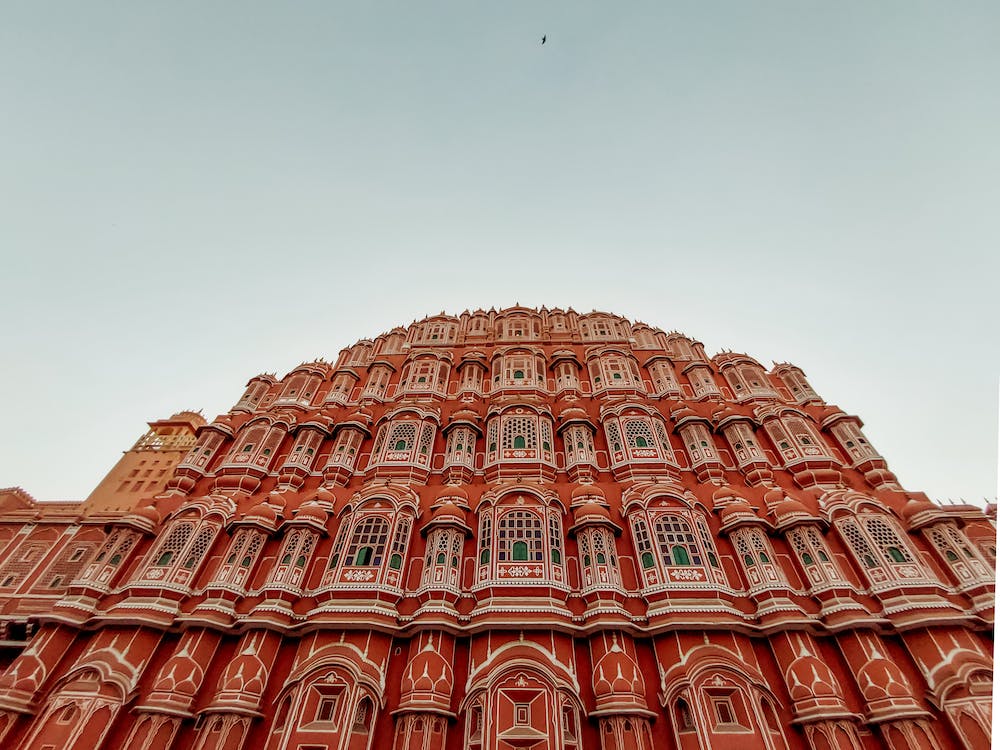
The History Of Hawa Mahal Jaipur
Hawa Mahal, also known as the “Palace of the Winds,” is a magnificent architectural marvel located in the heart of Jaipur, Rajasthan, India. This stunning palace is an iconic landmark and one of the most popular tourist attractions in the city.
Built in 1799 by Maharaja Sawai Pratap Singh, the Hawa Mahal was designed by Lal Chand Usta, an architect in the court of the Maharaja. The palace was constructed using red and pink sandstone, which is a common feature of the region’s architecture.
The main purpose behind the construction of Hawa Mahal was to provide the royal ladies of the palace with a place to observe the bustling street life and festivities without being seen. The palace’s unique design features 953 small windows, or “jharokhas,” which are intricately carved and decorated with latticework. These windows not only provided ventilation but also allowed the ladies to observe the cityscape from different angles.
The architecture of Hawa Mahal is a blend of Rajput and Mughal styles. The pyramid-shaped five-story structure stands tall at a height of 50 feet and offers a panoramic view of the city. The exterior of the palace is adorned with beautiful motifs, floral patterns, and delicate detailing, showcasing the rich craftsmanship of that era.
Inside the palace, there are numerous chambers and corridors that were once used by the royal family. The walls are embellished with vibrant frescoes and paintings depicting scenes from Rajput and Mughal life, further adding to the grandeur of the palace.
Over the years, Hawa Mahal has witnessed various historical events and has been a witness to the changing times. Today, it stands as a symbol of Jaipur’s rich cultural heritage and architectural brilliance.
Visitors from all over the world come to admire the beauty of Hawa Mahal and learn about its fascinating history. The palace is not only a delight for architecture enthusiasts but also a testament to the opulence and grandeur of the Rajput era.
In conclusion, the Hawa Mahal is a remarkable architectural gem that showcases the rich history and culture of Jaipur. Its unique design, intricate detailing, and historical significance make it a must-visit destination for anyone exploring the city.
Hawa Mahal Jaipur Timming & Entry Fees
Hawa Mahal, also known as the “Palace of the Winds,” is a renowned tourist attraction in Jaipur, India. It is a stunning architectural marvel that showcases the rich history and culture of the region. This document provides information about the opening hours and fees to help visitors plan their visit effectively.
The opening hours of Hawa Mahal are from 9:00 AM to 5:00 PM. It is open every day of the week, including weekends and public holidays. These timings allow visitors ample time to explore the magnificent structure and take in its beauty.
To enter Hawa Mahal, visitors need to pay an entrance fee. For Indian nationals, the fee is INR 50 per person. For foreign tourists, the fee is INR 200 per person. It’s important to note that these fees are subject to change, so it is advisable to check the official website or contact the authorities for the most up-to-date information.
The fees mentioned above grant visitors access to the Hawa Mahal complex, where they can explore the various chambers, balconies, and intricate architectural details. It’s a wonderful opportunity to learn about the history and significance of this iconic monument.
It is worth mentioning that photography is allowed inside Hawa Mahal, so visitors can capture the beauty of this architectural masterpiece. However, additional charges may apply for professional photography and videography.
Visitors are advised to arrive early to avoid long queues and make the most of their visit. It is also recommended to wear comfortable footwear as there are several stairs to climb within the structure.
In conclusion, Hawa Mahal is a must-visit destination for anyone traveling to Jaipur. With its unique architectural design and historical significance, it offers a captivating experience. By following the mentioned opening hours and being aware of the applicable fees, visitors can plan their visit appropriately and have a memorable time exploring this architectural gem.
Top Jaipur Tourist Places
Jaipur, also known as the Pink City, is the capital of the Indian state of Rajasthan. It is a city filled with rich history, stunning architecture, and vibrant culture. If you are planning a visit to Jaipur, here are some of the top tourist places that you should not miss.
1. Amber Fort: Located on a hilltop, Amber Fort is a magnificent fortress that showcases the grandeur of Rajasthan’s architecture. The fort is known for its intricate carvings, stunning mirror work, and breathtaking views of the surrounding landscape.
2. Hawa Mahal: Translating to “Palace of Winds,” Hawa Mahal is an iconic landmark in Jaipur. This five-story palace is made of pink sandstone and features a facade with 953 small windows, allowing the cool breeze to flow through. It is a must-visit for its unique architecture and historical significance.
3. City Palace: Situated in the heart of Jaipur, City Palace is a splendid complex that reflects the fusion of Mughal and Rajput architecture. It houses several palaces, gardens, and courtyards, showcasing a remarkable collection of artifacts, costumes, and weapons.
4. Jantar Mantar: Built by Maharaja Jai Singh II, Jantar Mantar is an astronomical observatory that boasts of the world’s largest stone sundial. It is a UNESCO World Heritage Site and comprises various instruments used for measuring time, predicting eclipses, and tracking celestial bodies.
5. Nahargarh Fort: Perched on the Aravalli Hills, Nahargarh Fort offers panoramic views of Jaipur’s landscape. The fort’s rugged beauty and architectural brilliance make it a popular spot for tourists. It is also famous for its connection to the haunting legends of the ghost of Nahar Singh Bhomia.
6. Jal Mahal: Situated amidst the Man Sagar Lake, Jal Mahal is a stunning palace that appears to float on the water. Its unique architecture, with only the top floor visible above the waterline, makes it a captivating sight. Visitors can enjoy boat rides and admire the palace’s beauty from a distance.
7. Albert Hall Museum: Established in 1887, Albert Hall Museum is the oldest museum in Rajasthan. It houses a vast collection of artifacts, including paintings, sculptures, textiles, and arms. The museum’s Indo-Saracenic architecture is also worth exploring.
8. Jaigarh Fort: Built as a defensive structure, Jaigarh Fort is known for its massive walls, impressive watchtowers, and the world’s largest cannon on wheels, Jaivana. The fort offers a glimpse into Rajasthan’s military history and provides panoramic views of the surrounding landscape.
9. Birla Mandir: Also known as the Laxmi Narayan Temple, Birla Mandir is a beautiful marble temple dedicated to Lord Vishnu and Goddess Laxmi. The temple’s intricate carvings, stunning architecture, and serene surroundings make it a popular place of worship and a tourist attraction.
10. Sisodia Rani Garden: A picturesque garden located on the outskirts of Jaipur, Sisodia Rani Garden is a perfect escape from the city’s hustle and bustle. It features beautiful landscaped gardens, tiered waterfalls, and pavilions adorned with frescoes depicting the love story of Radha and Lord Krishna.
These are just a few of the top tourist places in Jaipur. The city has much more to offer, including vibrant markets, delicious cuisine, and a rich cultural heritage that will leave you mesmerized. Plan your visit to Jaipur and explore the wonders of this enchanting city.
Visit Our Sites:

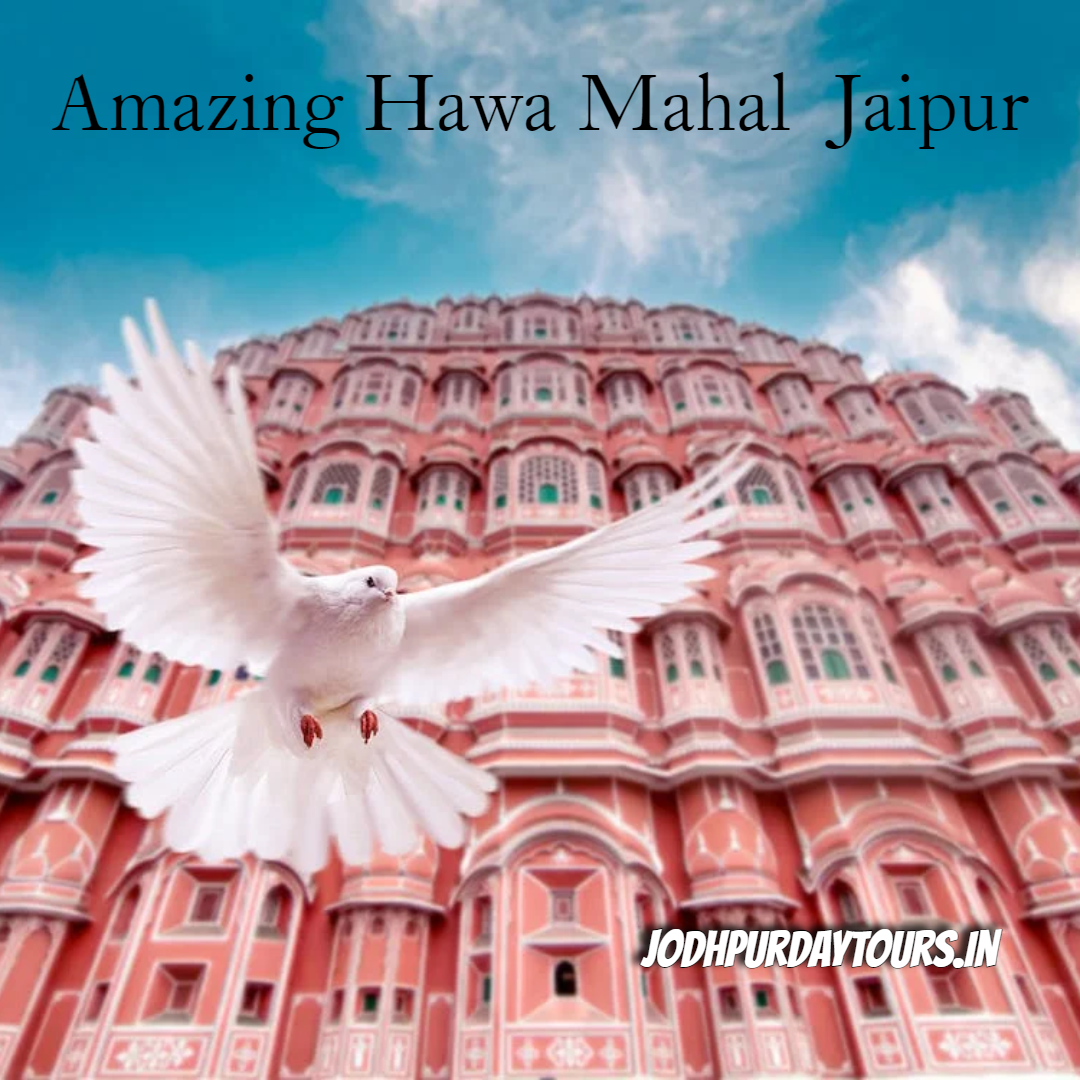
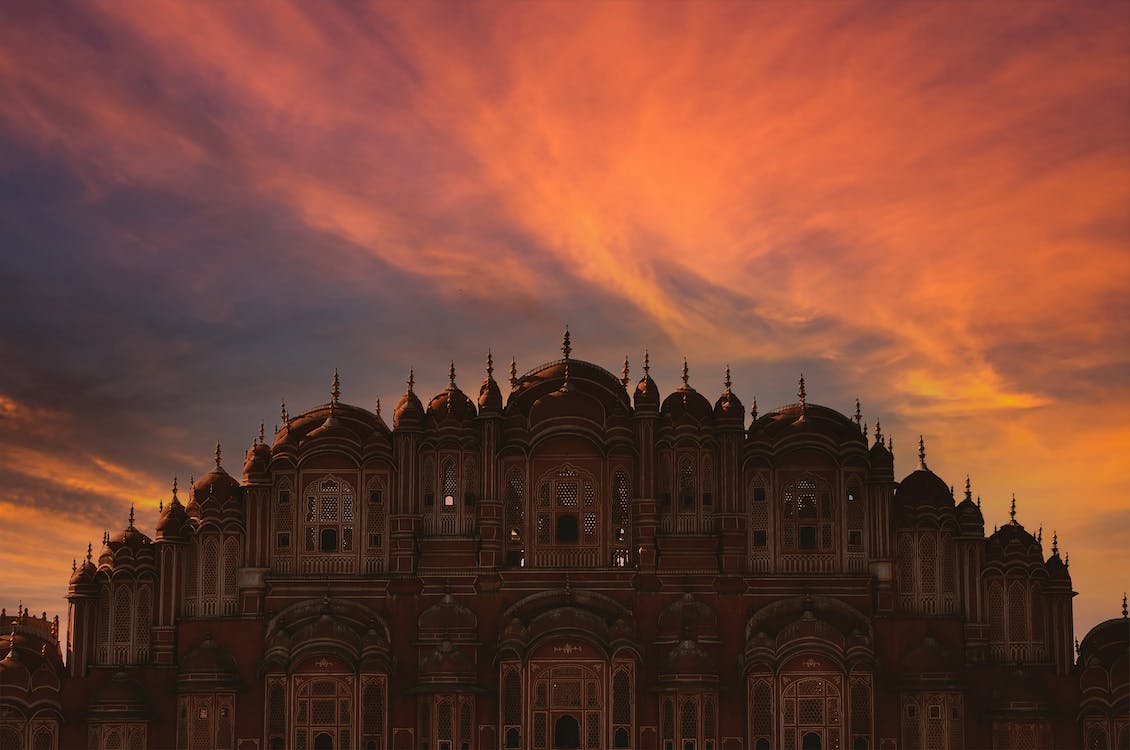

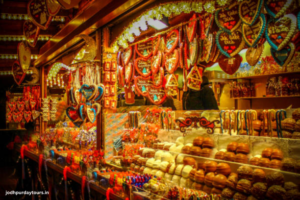

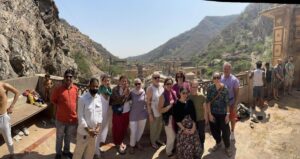

helloI really like your writing so a lot share we keep up a correspondence extra approximately your post on AOL I need an expert in this house to unravel my problem May be that is you Taking a look ahead to see you
Normally I do not read article on blogs however I would like to say that this writeup very forced me to try and do so Your writing style has been amazed me Thanks quite great post
I spent over three hours reading the internet today, and I haven’t come across any more compelling articles than yours. I think it’s more than worth it. I believe that the internet would be much more helpful than it is now if all bloggers and website proprietors produced stuff as excellent as you did.